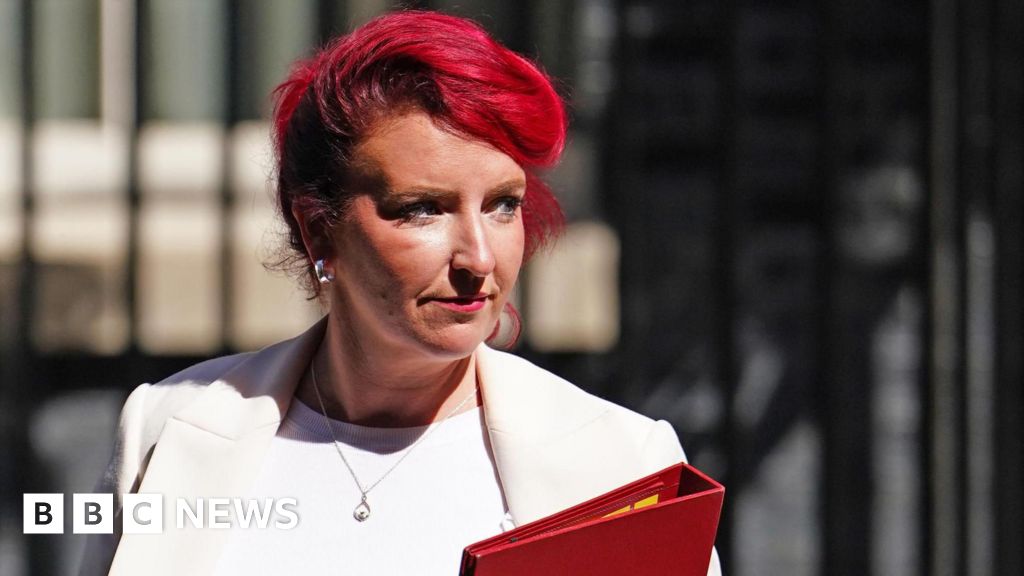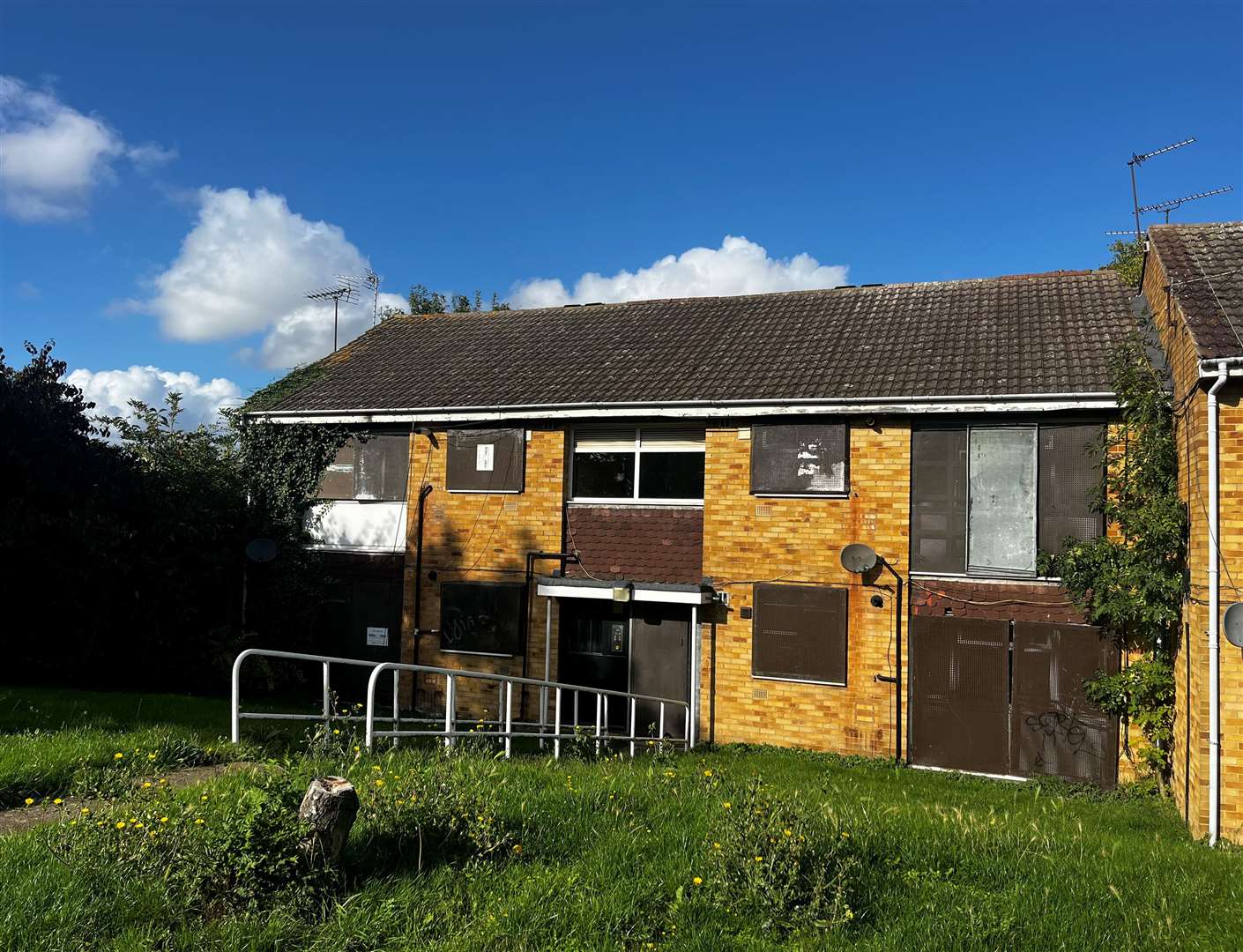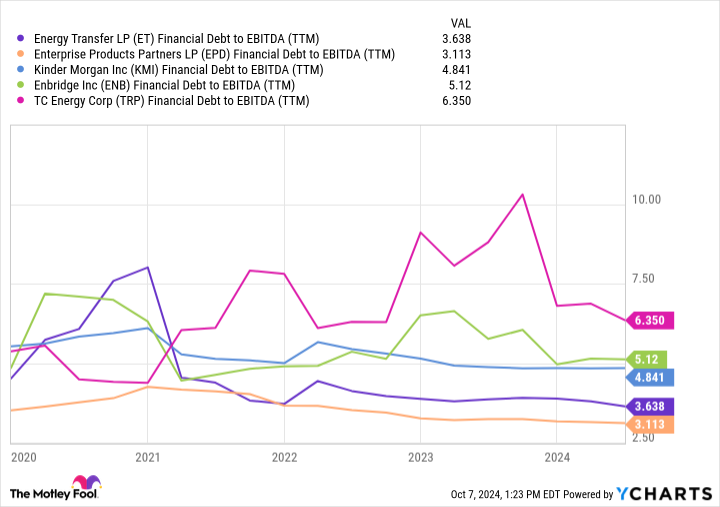
I first tried Apple’s Vision Pro goggles in May. It was a surreal experience at the company’s headquarters in Battersea, where I found myself swiping at 3D dinosaurs and dismantling Ferraris using tiny gestures to look at motor parts. The whole thing was designed to demonstrate the unlimited possibilities of augmented reality – an immersive world of giant cinematic screens where I could click and swipe through texts, apps and emails, looking all the while like a traffic controller with a giant screen strapped to my face.
If this was the future, it made me queasy. The Vision Pro has been designed to optimise our visual experiences, but its launch has coincided with a period of circumspection about our screen dependencies and how best to live with phones. Many establishments are now banning smartphones during school hours, and there is compelling evidence to suggest that our screen use is contributing to mental illness, sleep deprivation and general ill health.

Rhodri Marsden, a techno first-adopter, has looked at the future of the screen in this week’s design issue, and how its all-pervading influence might change in years from now. I still can’t imagine a day where we routinely wear screens on our faces, but then again who would have known that we’d all be carrying palm-sized computers in our pockets when smartphones first launched 20 years ago?

Design has always looked to the future, but it’s a strange irony that its most innovative efforts can look quaint in retrospect. Perhaps the trick is not to think about what’s coming, but to focus on what seems relevant right now. Jumbo in New York has built a practice based on taking objects and reducing them to their essence until they make “emoji” sense. Their work – fortune-cookie furniture, pasta pool floats and barricade-fence chairs – is inspired by quotidian stuff that has been reimagined as “memes”. It’s contemporary, clever and a conversation starter, despite their insistence that what they do is “dumb”. It also contributes to a design narrative that I think will make sense for many years to come.

Venerated by the design world, the late architect Carlo Scarpa’s work synthesised ancient craft techniques with the exigencies of industrial design. His buildings are a striking expression of something unflinchingly modern yet rooted in a familiar history. When business owner and art collector Josef Dalle Nogare purchased Casa Tabarelli, Scarpa’s mountain masterpiece near Bolzano, Italy, he did so on the understanding he was merely its custodian. In the years since, however, he has made his own addition to the property: a two-storey structure with concrete stairs designed by Walter Angonese that yields a partly subterranean 5,000sq ft gallery to house his art next door. The result is a stunning confluence of aesthetics and artistic choices. It takes a brave soul to build something so close to the Scarpa home: we’re very excited to take the first look inside.
Will you be going to space any time soon? As Jeff Bezos and his cohort get ever closer to their orbital ambitions, we look at the direction of space travel and the possibilities ahead. According to Clive Cookson, the FT’s senior science writer, Virgin Galactic is set to offer 125 flights a year, taking some 750 passengers into sub-orbital space. As with wearing the face screen, I’ve never harboured much desire to be an astronaut. But I’ll happily sit through your phone snaps of the “overview effect” when you get back down to Earth.

We also welcome here another FT writer, the Weekend Magazine editor Matt Vella, who is making his debut with a new motoring column. Matt has been car-mad since childhood, and so we’ve asked him to do a regular piece about all things four-wheeled. “Squat and snub-nosed, with a vertical front window and four-wheel drive,” he writes of his first subject, the Willys-Overland Jeep, which was conceived as a flat-packed, all-terrain vehicle in 1940. Its subsequent success has been built on the fact it has retained its distinctive looks, its “two-box silhouette” and most importantly its compact size. The form has emerged as the leader in a global market that’s expected to grow to $590bn by 2034. Small is beautiful, goes the argument. Especially when it comes to SUVs.
Finally: do you own a Casio watch? Beatrice Hodgkin, the FT’s House and Home editor, has been wearing her hot-pink Casio F-91W for years now and is passionate about its charms. The brand has become a cult classic, as spotted on Marty McFly, Barack Obama and Sigourney Weaver in Alien. On its 50th anniversary, she writes a tribute to the “future classic” – surely the very hallmark of cool design.

Want to read HTSI before everyone else? Get all the top stories straight to your inbox every Friday. Sign up to our free weekly newsletter here










































































































































You must be logged in to post a comment Login